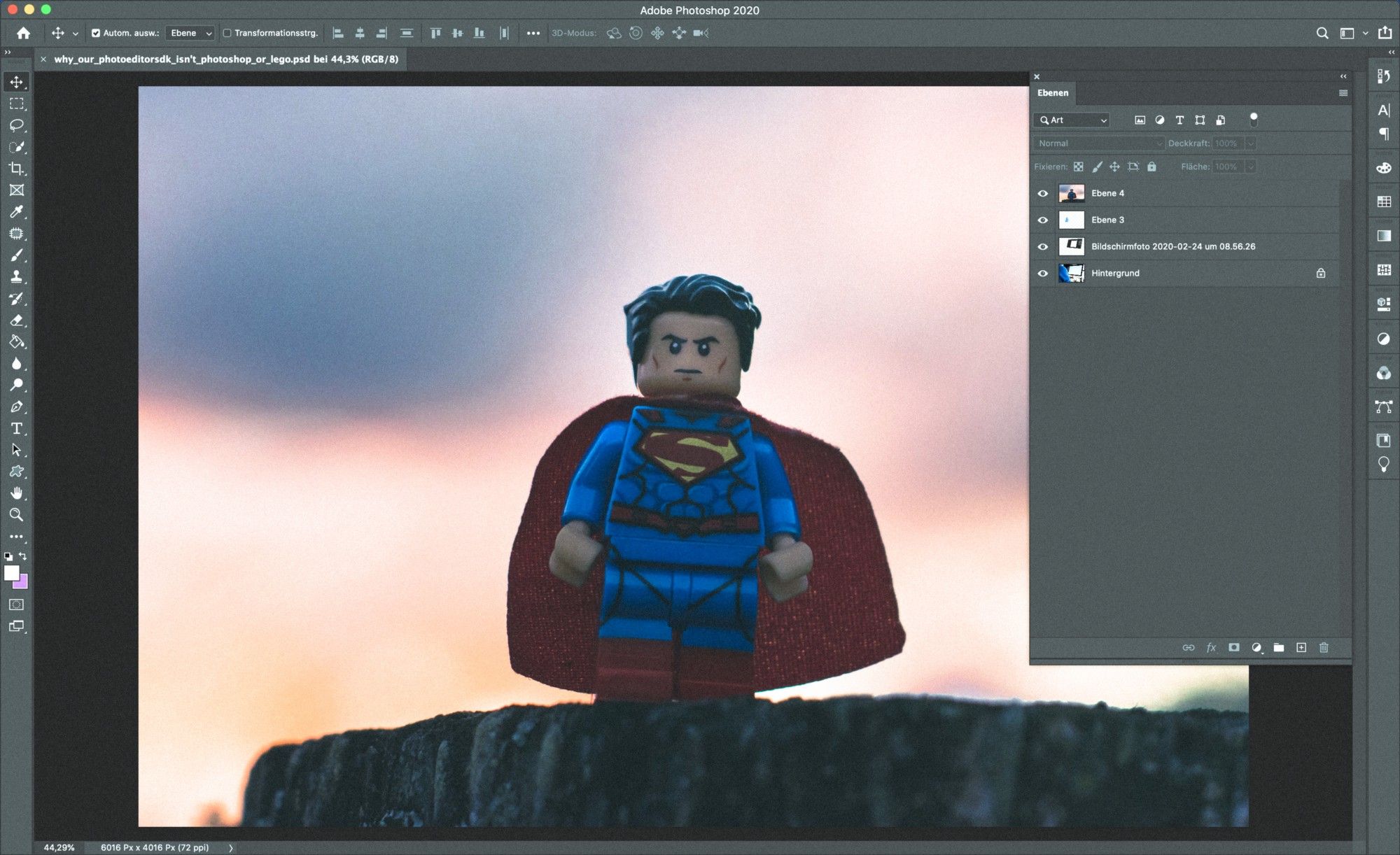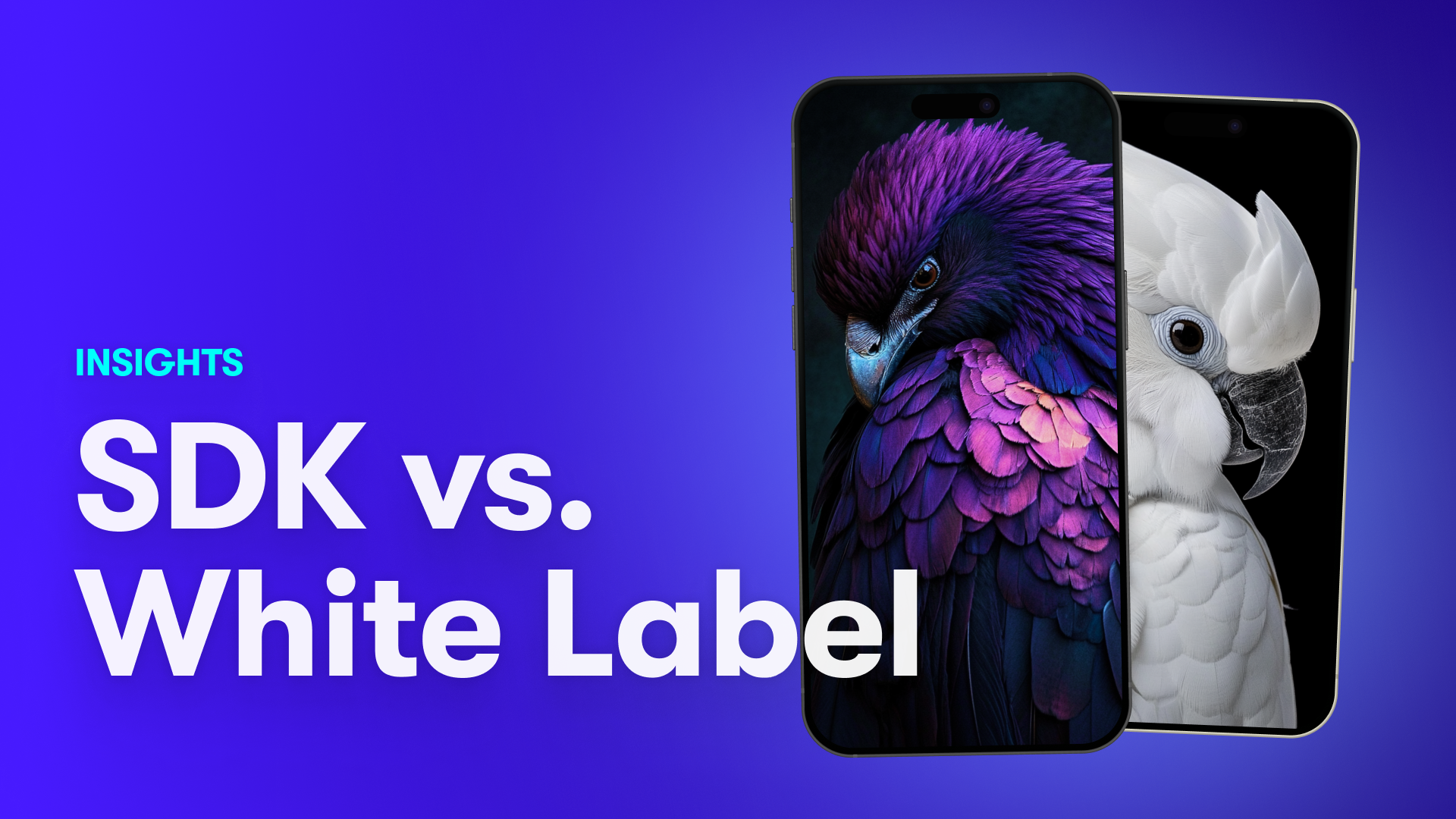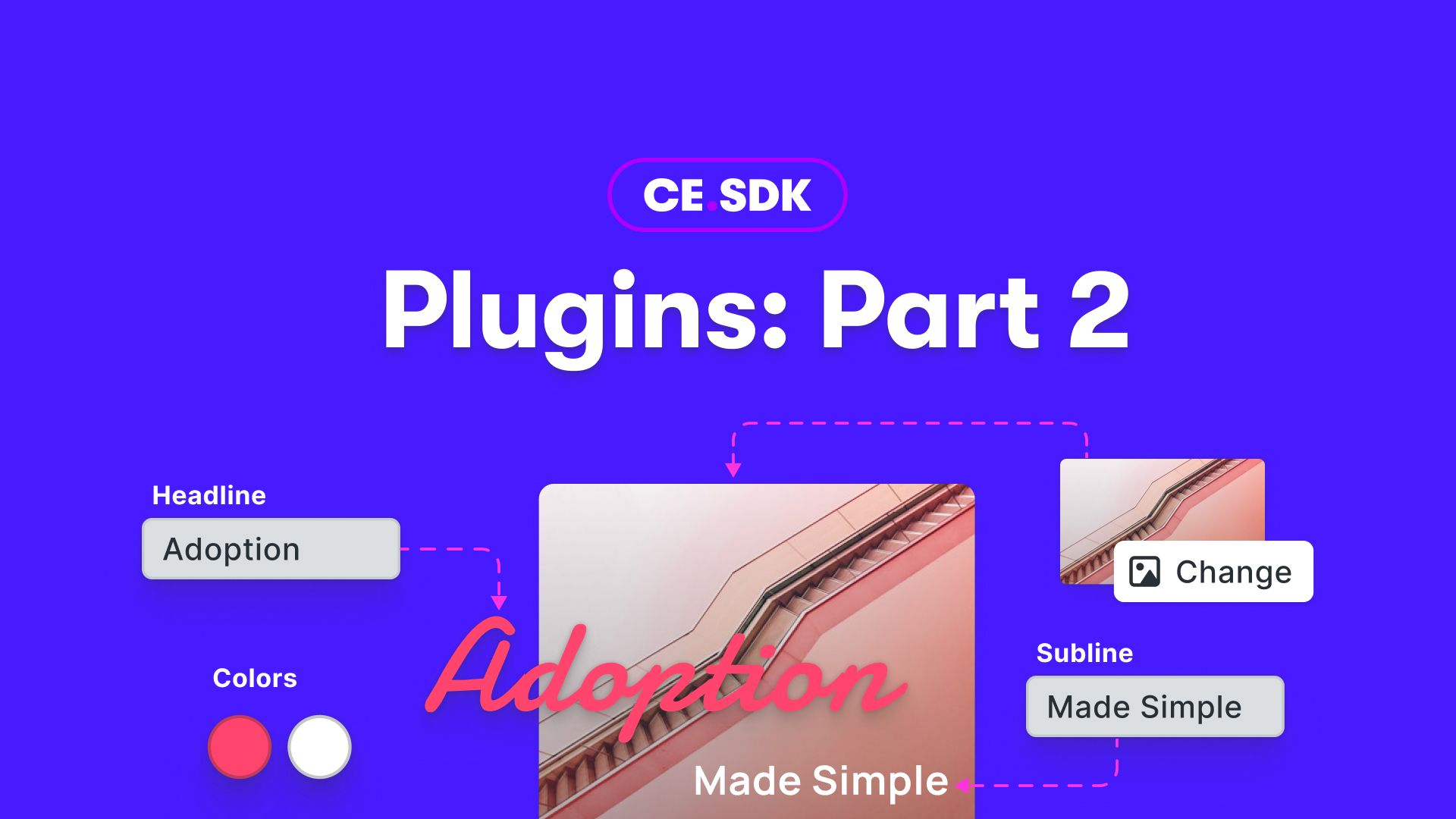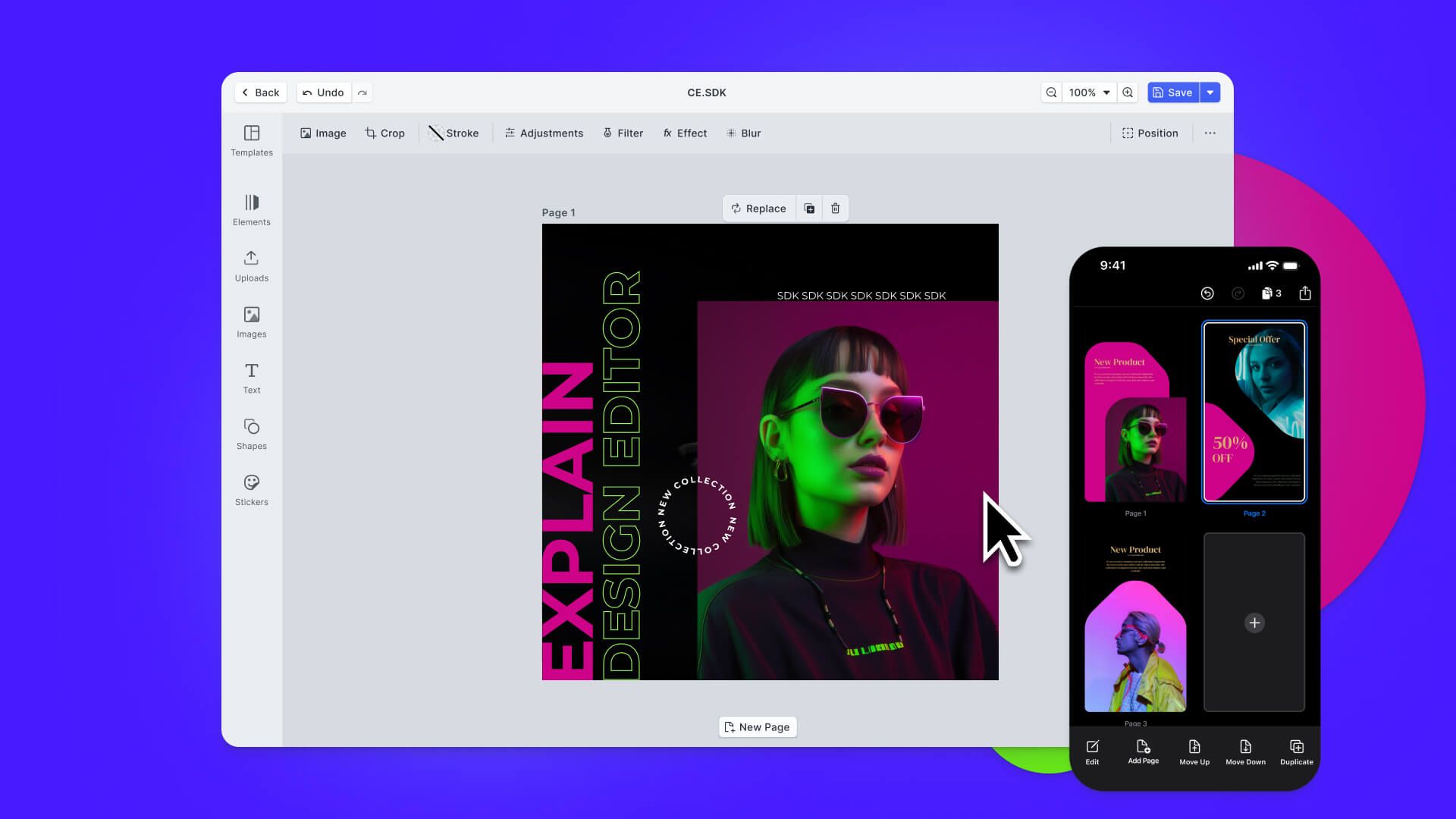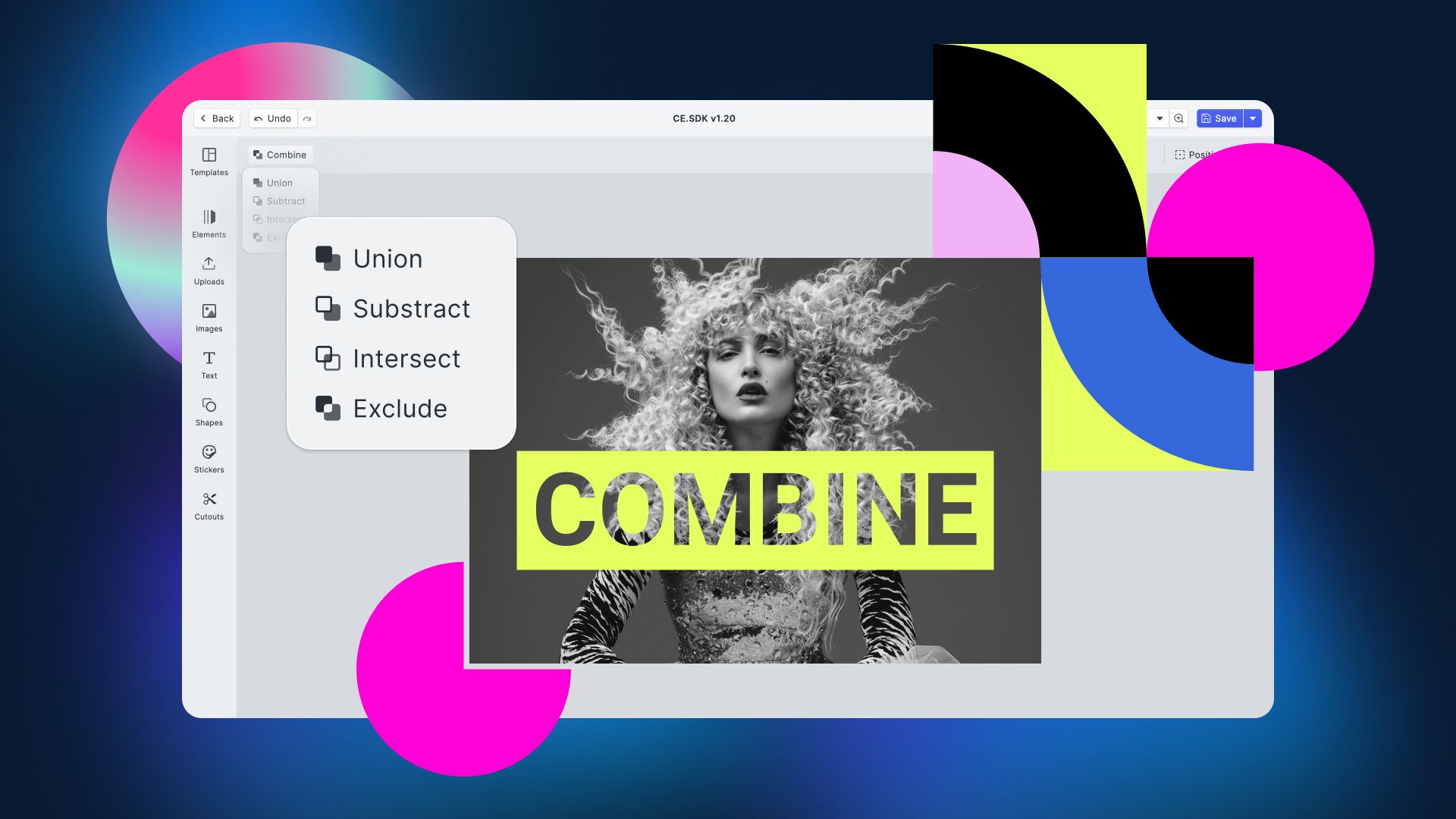PhotoEditor SDK (Software Development Kit) or more general white-label editor solution might sound like big words. And of course, we’d love to tell you that we are a jack of all trades. However, while our standard is to provide you with the most sophisticated editor solution possible, there are challenges to be faced on that path. Now, while I’d be more than happy to talk about all the reasons in favor of using our SDKs, I’m convinced you’ll get the clearest image of whether PhotoEditor SDK is the right solution for you when I tell you what we can’t do. So, let’s jump right in.
We are no Photoshop
First of all, it has to be said that image editing is a quite flexible concept. It relates to everything that alters the appearance or content of an image. From applying a black & white filter and adding text to make your Instagram-stories more epic, over cutting out undesired aspects of an image like an ex-boyfriend or altering ratios up to the point where the image does not display what was originally captured, for sure, some Tinder profile pictures.
Now, tools like Photoshop are built for professionals to edit images and polish them in hours of detail work. In other words: it’s an extremely powerful solution you can do ANYTHING with. And while this is its main appeal, its complexity is also why non-designers who don’t want to spend a lot of time learning how to use it — simply don’t.
However, that isn’t to say that these users don’t have a need to edit images for different purposes. This is where we come into play, making image editing and design accessible for everyone at the tap of a finger. While our PhotoEditor SDK doesn’t do everything, it delivers the set of tools your users really need and want to see in your app — no matter if it’s a social network, a printing service or a marketing tool — at a very high quality.
We are no Lego either
I guess many of us remember the joy of playing with Lego when we were little toddlers. No matter how crazy the idea, we put it together brick by brick eventually ending up with a quite colorful but yet solid plane, car or spaceship — thanks to Lego’s incredible modularity.
Can you approach using PhotoEditor SDK in the same way? No.
Is that a bad thing? No, again — actually quite the opposite. While freedom of design is often viewed as one of the greatest goods to strive for, it adds tons of complexity when building applications. However, right at the top of the must-have list is a smooth and intuitive UX. Hence, not every part of the editor can just be re-attached to any other place within it. Our designers created a well thought out UI that makes operating the editor simple and enjoyable.
You can think of it as a Lego building instruction. Sure, you could try to assemble that recently bought Lego product without it, by trial and error. However, as you didn’t purchase just a handful of randomly selected bricks, I’m convinced you’d love to successfully complete that flashy Millennium Falcon to proudly place it somewhere in your living room. Therefore, following the steps of the enclosed booklet is similar to editing your way through our well thought out UI.
Also, back then Lego seemed compatible with almost every other toy we owned, or at least, we didn’t mind mixing them up. However, when it comes to coding, not every brick attaches to any other brick per default. For instance, there used to be only rudimentary demos for the integration of our SDKs with a handful of frameworks available. Thus, making the standard integration as explained in our docs the best way for the implementation. That is, until now.
With our React Native wrapper, we have released the first in a row of framework integrations for PhotoEditor SDK. Feel free to check it out here. In addition, you should read the corresponding blog article my colleague, Alex, published a few days ago. The good news — our development team doesn’t stop there and will add more wrappers during the coming months. So, stay tuned.
If you’re interested in implementing the editor into your app or website using a framework, you should let us know which framework you’re interested in.
So, what exactly can you expect from us?
In essence: an editor solution that provides you with…
· a well-balanced feature selection serving a wide variety of use cases,
· a degree of customizability ensuring that no one will ever notice that your editor is a third-party library, and
· ongoing maintenance and support at an easy to calculate price over time.
To sum things up, ideally, you already know what you expect from a third-party editor solution. So, instead of telling you that we are the best choice for your use-case, I’d like you to be the judge of that.
We are happy to discuss any and every question you might have. Also, as qualitative feedback is always appreciated, we’d love to talk to you. Don’t hesitate to reach out.
Until then, cheers and keep it up
Magnus
Thanks for reading! To stay in the loop, subscribe to our Newsletter.

